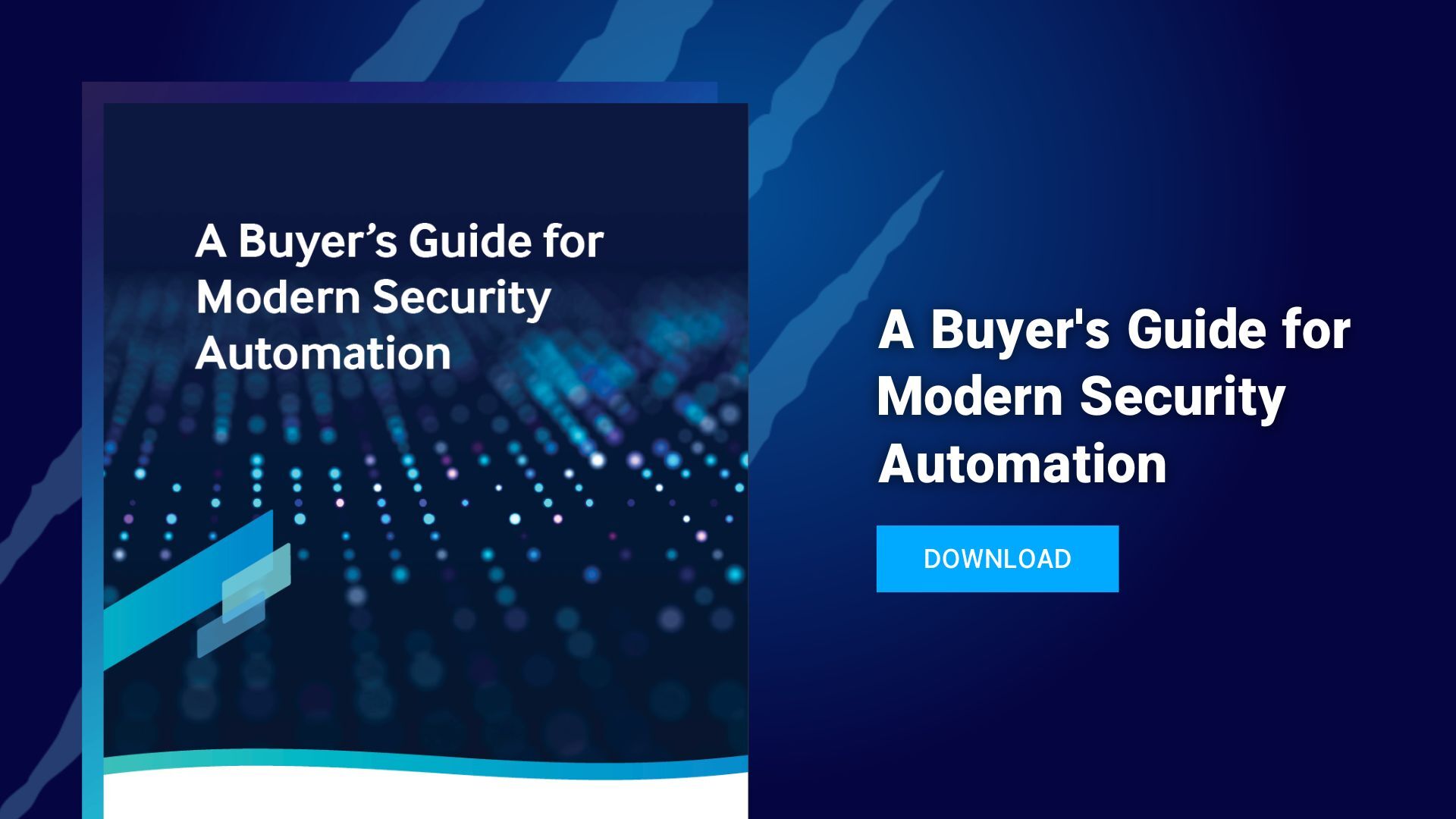Swimlane Turbine Autonomous Integrations will reduce time spent developing and maintaining integrations.
Whether you lead an enterprise-scale team across multiple security operations centers (SOCs) or your team is in the single digits, developing and maintaining integrations with other tools within your tech stack can be tricky and time-consuming.
The average enterprise has more than 1,295 different cloud services and nearly 76 different security tools integrated into their technology stacks. That’s a lot of moving parts and constantly changing APIs.
The challenge is that many organizations can’t keep pace with their business requirements to integrate with things that aren’t typically integrated with from a SecOps perspective. Developing new integrations fast enough is just one piece of the challenge. Most security teams are also struggling to keep pace with updates when an integration API changes. The level of engineering overhead required by most traditional SOAR technologies is often underestimated.
As a result, security teams fall in one of two camps. Some simply can’t keep pace so they end up minimizing the value they are able to realize from their security automation solutions.. Others are able to rapidly develop and maintain their security automation integrations, but at the expense that comes with tremendous amounts of security development resources.
1. Select the Right SOC Tool to Future-Proof Security
Selecting the right SOC tool for your organization is one of the most important decisions you can make as a CISO or security leader. When selecting a security tool, it’s important to choose one that meets all of your needs. This includes integrating with other tools in your tech stack so that they can work together seamlessly, as well as improving overall security metrics. It also means making sure that you’re utilizing the right technology for each phase of your SOC process — whether that’s data collection, analysis or reporting — so that you don’t waste time or effort on redundant tasks.
Some common security tools that can improve integrations include:
-
SIEM – Security Information and Event Management
-
XDR – Extended Detection and Response
-
SOAR – Security Orchestration, Automation and Response
While each SOC tool can improve integrations to a degree, that alone isn’t enough. What’s more important is how much mileage you get from a new security tool to ensure your investment is future-proof. SIEM can integrate with your products to aggregate and analyze manage data, but can’t automate or simplify the manual parts of the investigation or response integration processes. XDR solutions can detect alerts within their ecosystem, and offer lite and response capabilities for alerts, but overall fail to connect siloed tools, resulting in limited visibility and actionability beyond their platform. into your systems. SOAR platforms grant much more freedom to integrate with your products, but tend to be rigid and require time-consuming coding from dedicated developers. All of these solutions fail to actually save security analysts time from manual, repetitive tasks around the integration-building process.
Security automation platforms offer hope – this type of SOC tool makes integrating with products simple and accessible. The API-first architecture found in low-code security automation solutions, like Swimlane Turbine, allows security analysts to integrate with anything. The simplicity of low-code also means that anyone can be an automator – and a truly creative one at that. This combination of power and simplicity means you get more return on the investment of a new security tool. One major result is that analysts save time on mundane tasks, leading to reduced mean time to detect (MTTD) and respond (MTTR).
2. Free Yourself from Depending on Developers to Maximize Flexibility
Whether you rely on in-house or outsourced talent, it takes much of their time, effort and resources to build and update integrations. Why? Because APIs are constantly emerging and changing. If the integrations you need aren’t readily available or maintained through the security automation solution you choose, that extra development expense falls on your shoulders. The result is a system your team has to work on, not a system that works for you.
Low-code security automation platforms, like Swimlane Turbine, have reinvented the integration-building process to maximize flexibility. These platforms look at which steps are repeatable, which can be automated, and which can be put into the technology to streamline the process.
Turbine uses connectors to provide a stable, portable and reliable connection to any API in your security environment that updates itself. This freedom from coding and development means that even team members outside of security (HR, fraud, compliance, etc.) can contribute to security operations and playbook building. Instead of needing to spend precious time developing integrations, security teams can focus on what matters – utilizing integrations to automate any task.
Learn more about the low-code security automation platform, Swimlane Turbine.
3. Look for Endless Integration Capabilities to Unify Complex Environments
In order to effectively improve security metrics like mean time to detect (MTTD) and respond (MTTR), as well as mitigate alert fatigue and analyst burnout, it’s critical to integrate your products with each other. This helps you identify vulnerabilities across the entire environment and increases your ability to take action when threats are detected. Select a security solution that allows you the freedom to integrate the APIs you need, the way you need.
There are common issues that crop up that lead to integration headaches with certain SOC tools: vendor lock-ins and closed ecosystems. Some vendors will not allow (or severely limit) integrations with tools outside of their own portfolio. This could result in needing to buy new tools to replace your existing ones – a costly and labor-intensive requirement.
The other challenge is that some vendors are simply slow to build out new integrations. Your team will either have to wait to gain complete visibility into your unique technology environment or pay to develop the integrations. Both outcomes mean your team is limited to certain tools and you have less room to scale and adapt for your future security needs.
4. Embrace Autonomous Integrations to Improve ROI
Automation is the final step to drastically improve the value derived from integrations in your organization’s tech stack. Autonomous integrations enable your security team to integrate with any API through an automated process that’s easier, more efficient and in the future will remove the dependency on the security automation vendor itself.
The ability to integrate with anything opens up visibility into typically siloed tools and environments like cloud, internet of things (IoT), and edge computing. Analysts will be able to conduct real-time discovery on any new integration and connect to any API without assistance or development resources. This freedom will empower your existing security team to do more of what matters without increasing headcount. In fact, automation extends beyond the SOC to provide use cases around fraud, employee onboarding/offboarding, and more.
By embracing automation in the integration-building process, security leaders provide much-needed support for their analysts, improve security operations performance, and increase the ROI of security.

A Buyer’s Guide for Modern Security Automation
Cut through the complexity and frustration of SOAR and security automation platforms. Learn everything you need to know about selecting an automation solution, so you can select the best one for your team.

